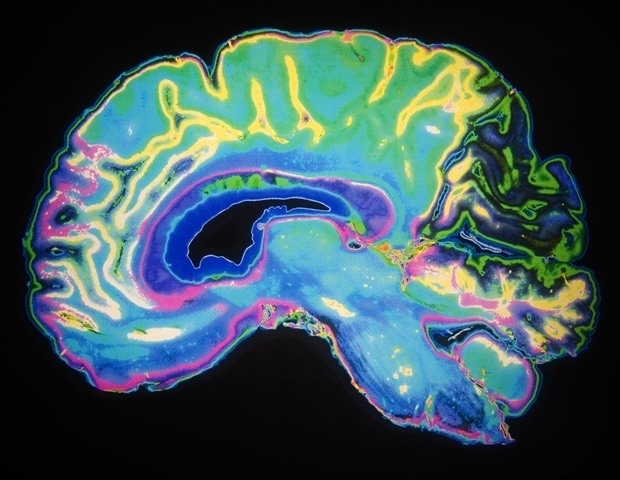Synchrotron X-ray diffraction can aid in the diagnosis of invisible traumatic brain injuries
Traumatic brain injuries (TBIs) are usually diagnosed with MRI and computed tomography scans, but these techniques often miss more mild damage. Such "invisible" TBIs can result in severe loss of function and diminished quality of life, motivating researchers to find new techniques to identify the subtle trauma.
Rama Madhurapantula, of the Illinois Institute of Technology, will describe how synchrotron X-ray diffraction can aid in diagnosing invisible TBIs in their presentation, "X-ray fiber diffraction to elucidate tissue transition and changes to molecular packing in relation damage." The session will be held Sunday, July 31, at 11:30 a.m. Eastern U.S. at the American Crystallographic Association's 72nd annual meeting.
Myelin sheath is a protective insulation around nerves that enables the transmission of signals in the brain. TBIs can create irreversible damage to the structure and packing of myelin because of stretching, compression, or, in the case of concussions, vigorous shaking.
Characterizing the changes to myelin at a molecular level is essential for understanding the fundamentals of TBIs and looking at such small scales will also catch mild to moderate cases. While traditional imaging methods work on the micron scale, Madhurapantula's team showed synchrotron X-ray diffraction can capture much smaller changes on the nanometer to angstrom scale in situ.
Simply put, visible or invisible TBIs are determined by the ability of an instrument to visualize the damage. It takes significantly lower force levels than we previously assumed to cause permanent damage to myelin. These changes are on the order of 5-50 nanometers and are undetected by medical imaging techniques."
Rama Madhurapantula, Illinois Institute of Technology
The X-rays used are about 70,000 times more intense than those used for a chest X-ray and are focused into a very small area to generate a high intensity beam. As the beam hits a sample, the position and intensity of the diffracted rays are captured as a pattern on a photographic plate. This information helps determine material and mechanical characteristics of neurological tissues.
The synchrotron X-ray diffraction methodology that will be described in the talk requires minimal sample preparation and can scan large sections of material. The method could be extended to work on other tissues or tissue transitions, where one type of tissue meets and blends with another.
"We can track changes over these transition regions, which are often diffuse and can span a few millimeters," said Madhurapantula. "For instance, we were able to develop a high-resolution model of the muscle to tendon transition in skeletal muscles and heart valve assemblies."
American Crystallographic Association (ACA)
Posted in: Device / Technology News | Medical Condition News
Tags: Brain, Computed Tomography, Crystallography, Diffraction, Electron, Heart, Imaging, Imaging Techniques, Medical Imaging, Muscle, Myelin, Sample Preparation, Tomography, Trauma, X-Ray
Source: Read Full Article
